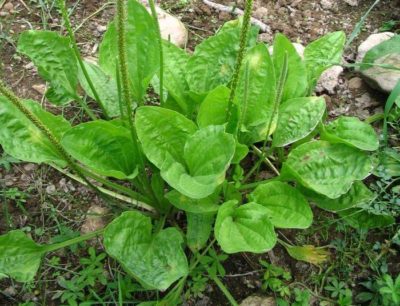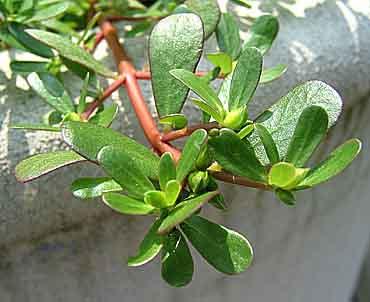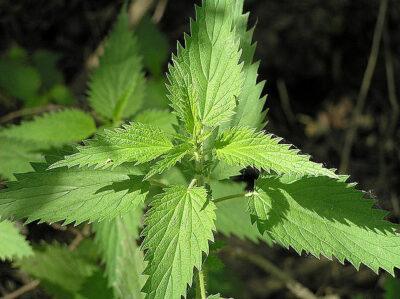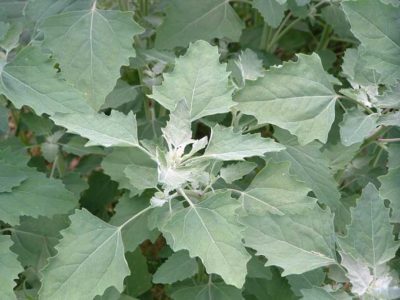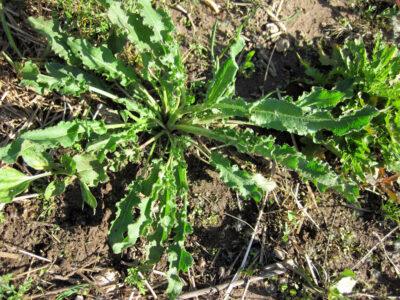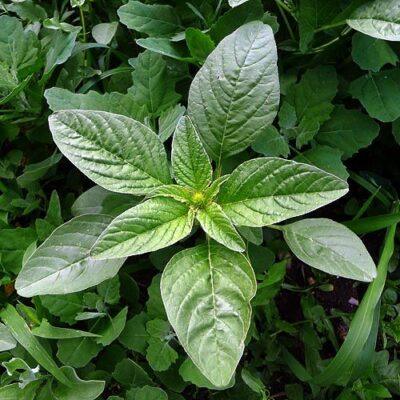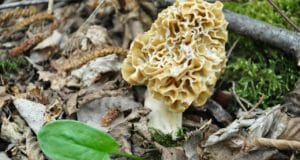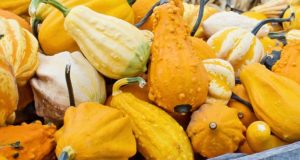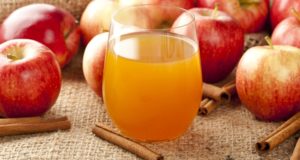Whether you want to prepare for a survival situation or simply want to eat a healthier, less expensive diet, look no further than your own backyard.
Some of the most common weeds in American lawns and gardens are not only safe to eat, but they are packed with antioxidants, protein and vitamins. The main rule of thumb is to avoid any plants that may have been exposed to pesticides or other chemicals and to wash your plants thoroughly before consuming.
Here is a list of the top seven edible weeds.
1. Purslane. This notorious weed has a reddish stem and rounded, succulent leaves. It can be found in moist garden beds and in shady areas of lawns where it tends to lie close to the ground. Purslane has a crispy texture, and you can eat the leaves and stems either raw or cooked. Loaded
with vitamins like vitamins A and C and also omega-3 fatty acids, purslane has a tangy, lemony taste, and it can be a great substitute for spinach in soups or salads.
2. Plantain. Not to be confused with the banana-like fruit of the same name from the Caribbean, the weed plantain is loaded with iron and other vitamin and minerals. Like the dandelion, this common weed’s leaves taste best when young and tender, and you can eat them raw, steamed, boiled or sautéed.
3. Stinging nettles. The tiny nettles of this ominous-sounding weed do sting, but if you can avoid them – or wait until they fall off – this plant is flavorful and nutritious.
Nettles are packed with protein and offer magnesium, iodine, phosphorous, potassium, silica and sulfur. If you boil them, you can eat the leaves and then drink the tea for a healthy beverage.
Without A Doubt The Best Kept Secret In Indoor Self-Reliance Gardening…
4. Dandelion. Did you know that dandelions have more beta-carotene than carrots? It’s time to stop doing battle with this weed and embrace it as a food source. In fact, every part of the dandelion is edible, both raw and cooked. Dandelion leaves, which contain vitamins A, C and K, are at their most tender and flavorful when they are young. Try them in salads and in soups, or you can sauté them with olive oil, salt and garlic. You can eat the flowers by lightly coating with batter and frying them.
Dandelion root can be roasted and used as a coffee substitute.
5. Lamb’s quarters. These velvety leaves and stems have a slightly nutty taste and can be boiled or sautéed. Lamb’s quarters are packed with vitamins K, A and C as well as protein, calcium and magnesium. You can eat the young shoots and leaves raw or toss them in soups or other recipes as you would use spinach.
6. Curly dock. Curly dock (also called narrow-leaved dock and yellow dock) leaves can be eaten raw when they are young or cooked and added to salads or soups.
This common weed has long, thin, lance-shaped leaves with wavy edges.
7. Wild amaranth. Also known as pigweed, wild amaranth leaves are a great replacement for other leafy greens in your diet. As with many weeds, the younger leaves are tastier, but the older leaves can be cooked and added to soups and other recipes.
There are many online resources to help you identify the weeds in your yard, and botanist Steve Brill has even created an app to help. When in doubt, you can take a sample to your local university extension service office for identification.
Stay away from public parks and roadways when harvesting weeds. Even if the weeds have not been treated with chemicals, they still may be growing in soil that has been contaminated from car exhaust and other fumes.
As you learn more about which weeds are edible and how they taste in both raw and cooked form, you will enjoy experimenting with different ways of preparing them. Here are a few other resources to check out:
https://oak.ppws.vt.edu/~flessner/weedguide/
What are your “edible weed” tips? What would you add to this list? Share your thoughts in the section below:
Do You Know The Biggest Mistakes Gardeners Make? Read More Here.
 Off The Grid News Better Ideas For Off The Grid Living
Off The Grid News Better Ideas For Off The Grid Living

